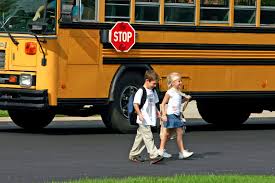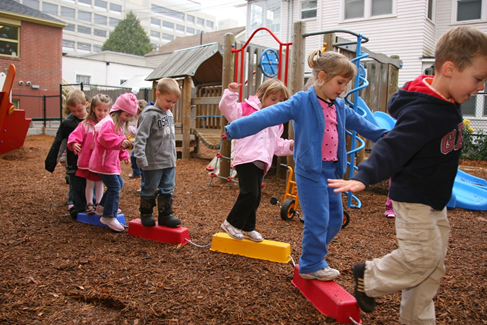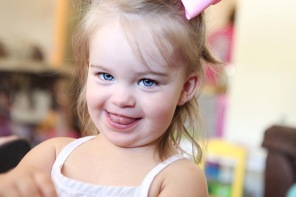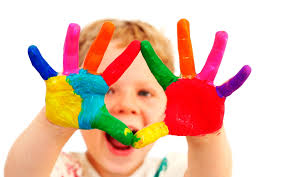The social skills children learn today will will be used throughout their life. Making and keeping friends is an important challenge for preschoolers. As providers and parents we play an important role in encouraging and teaching children how to get along with others.
Typically, preschoolers prefer to play with other children, rather than alone. You can encourage cooperative play by allowing children lots of chances to choose playmates and decide how they will play. It is more fun to play doctor if you have a patient. With the teacher’s help, they have to figure out how to find everyone a turn and a fair share.
When conflicts come up, we encourage children to come up with solutions. You might say, “Hmm, there is only one green crayon and tow children who want to use it. What can we do?” Let them help in making decisions as problem solving will an important skill they learn while young.
Try to engage children in cooperative games more than competitive ones. They are much too young to worry about winning and losing, so play games in which everyone contributes.
We encourage children to identify the feelings of others by pointing out how they have hurt another child and how they might fix things to make them better. A teacher might say, “Katie said she’s very angry. Remember when Darius broke your toy? What do you think you can do to help Katie rebuild the tower you knocked over?” Helping children learn empathy gives them the opportunity to right the wrong.
There are many ways you can encourage children to help others. They might make cards for a sick teacher or child, take water to the workers outside, or help with a task. It is important for children to experience how good it feels to just be a friend!



